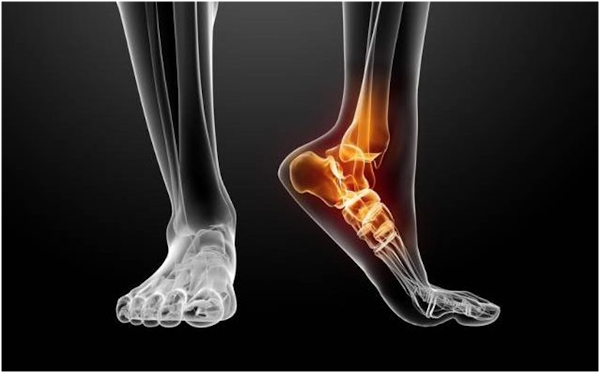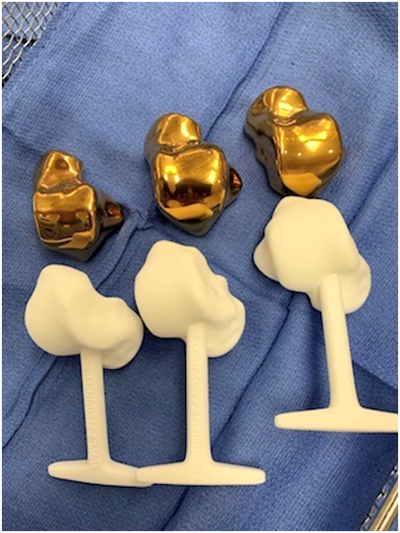
Charles R. Goulding and Peter Favata examine how 3D printing is stepping up to create better results in ankle surgery.
The human ankle joint is made up of three bones; the tibia, fibula, and talus. This joint is surrounded by different ligaments and muscles that take a lot of abuse over time. Years of walking around and exercise such as running wear down the joint and can cause pain. If the wear and tear become prominent enough you can develop ailments such as stress fractures and arthritis. Ankle arthroplasty surgery has been on the rise in the past 10 years with most patients reporting high (90%) satisfaction rates in the first four years after the surgery according to the University Of Washington Medicine.
3D Printing
Recently 3D printing has been playing a role in ankle replacement surgery.
Orthopedists now, for example, have the ability to 3D print the talus bone. This is done by first taking a CT scan of the healthy ankle, which is then reversed and used as a plan for the print. Once the medical team has a plan for the print, they can produce a plastic 3D printed version of the talus in three different sizes to determine the best fit for the final product. Once the best size is determined they will 3D print the replacement bone out of metal, such as titanium, and implant it after removing the old bone.

In our recent Stryker article, we covered several examples of Stryker using 3D printing medical practices as well.
These 3D printed implants have had very good results. People who were unable to walk without assistance before surgery can now have a full range of motion and even exercise in some cases.
Orthopedists and designers utilizing 3D printing may be eligible for R&D Tax Credits.
The Research & Development Tax Credit
Whether it’s used for creating and testing prototypes or for final production, 3D printing is a great indicator that R&D credit-eligible activities are taking place. Companies implementing this technology at any point should consider taking advantage of R&D Tax Credits.
Enacted in 1981, the now permanent Federal Research and Development (R&D) Tax Credit allows a credit that typically ranges from 4%-7% of eligible spending for new and improved products and processes. Qualified research must meet the following four criteria:
- Must be technological in nature
- Must be a component of the taxpayer’s business
- Must represent R&D in the experimental sense and generally includes all such costs related to the development or improvement of a product or process
- Must eliminate uncertainty through a process of experimentation that considers one or more alternatives
Eligible costs include US employee wages, cost of supplies consumed in the R&D process, cost of pre-production testing, US contract research expenses, and certain costs associated with developing a patent.
On December 18, 2015, President Obama signed the PATH Act, making the R&D Tax Credit permanent. Since 2016, the R&D credit can be used to offset Alternative Minimum Tax (AMT) or companies with revenue below $50MM and, startup businesses can obtain up to $250,000 per year in cash rebates that can be applied directly to payroll taxes.
Conclusion
Getting an ankle replacement can be what gives someone a new outlook on life. Some of the people receiving this treatment would not able to do everyday activities and some are even wheelchair-bound. 3D printing is opening new doors for creating replacement bones made of extremely durable metals. Maybe in the near future, you’ll be able to see an ankle replacement patient return to high impact sports such as skiing or distance running.
